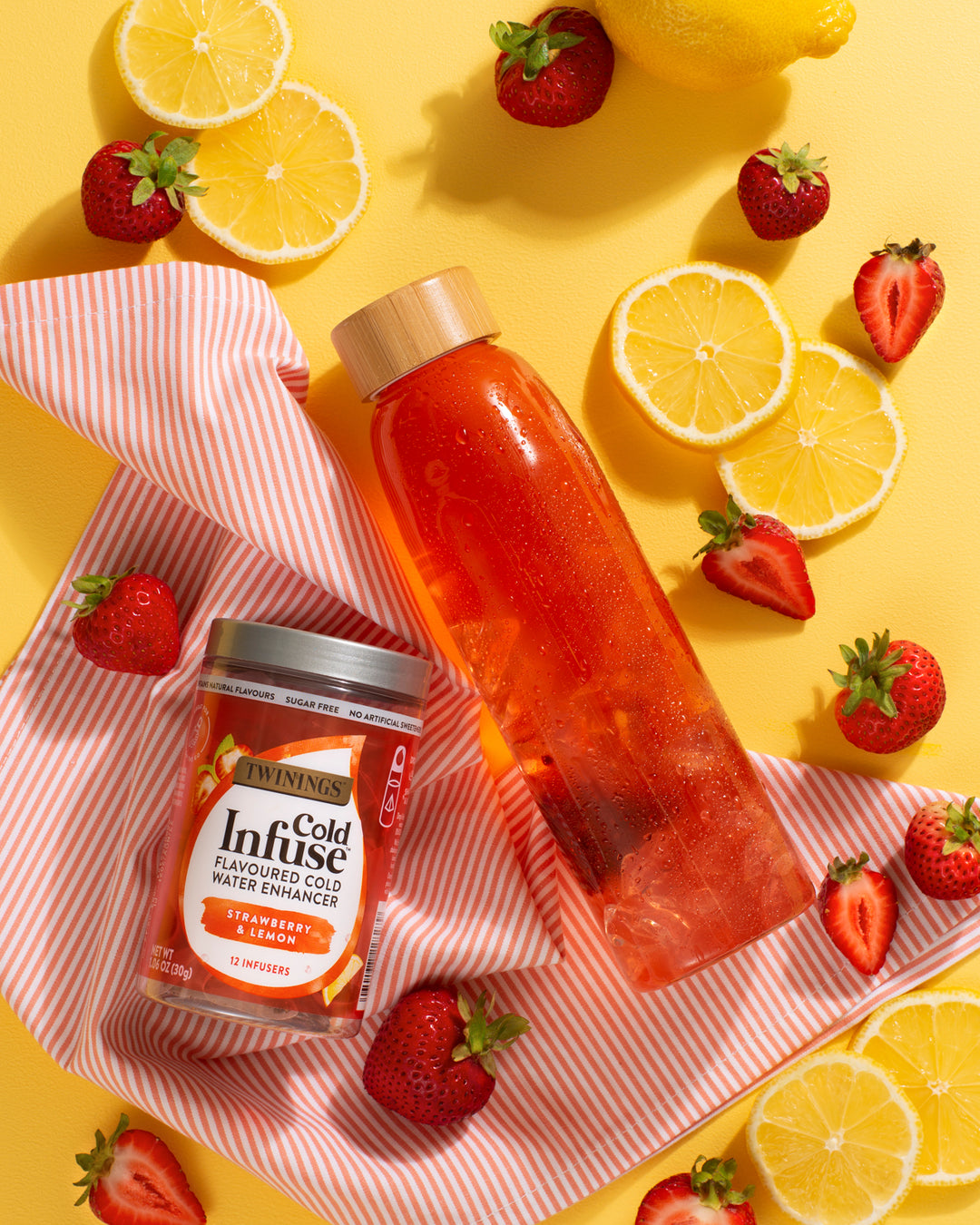

I commonly recommend it for post infection coughs – these are the ones keeping you awake at night long after the illness has passed. Recent scientific research has shown it to be a powerful anti-tussive herb as well. It stimulates phagocytosis, an important part of the immune system and you can even use it to moisten the lungs in cases of dry hot conditions, such as hot coughs with little to no expectoration. Marshmallow is a wonderful plant for the cold and flu season. Rather, the ingestion of mucilage seems to promote a systemic moistening of tissues throughout the body, with some demulcents being more specific to particular organ systems. Though it makes sense that demulcents coat tissues, the physical mucilage is actually very poorly absorbed by the body, and certainly isn’t traveling through the blood to the kidneys. Herbalists often use it as a lubricating demulcent for the lungs and for the urinary tract, even though it never comes in direct contact with these surfaces. The infusion or decoction may be freely administered. In the past it people called it “mortification root” because of its ability to prevent gangrene.Įxternally, marshmallow root is very useful in the form of poultice, to discuss painful, inflammatory tumors, and swellings of every kind, whether the consequence of wounds, bruises, burns, scalds, or poisons and has, when thus applied, had a happy effect in preventing the occurrence of gangrene. Marshmallow root is an amazing topical treatment for wounds and burns. Of course, I recommend addressing the root cause of these issues for long term care. Herbalist Paul Bergner calls this a bandaid for the stomach. Besides being able to soothe inflammation, marshmallow root is also a vulnerary, healing wounds within the digestive tract.

Use this cold infusion to find relief from heartburn, peptic ulcers, and inflamed intestines. Simply swish the cold infused tea around in your mouth to coat the affected tissues. A marshmallow rinse soothes mouth ulcers, canker sores, cuts on the inside of the cheeks, inflamed gums, and even sore throats. Marshmallow makes a wonderful mouth wash for painful mouth conditions. Now that we see how easy it is to prepare this root, let’s look at the many ways we can use it! The resulting liquid should be thick and viscous. The water should change color to a soft yellow. Let sit for a minimum of 4 hours or overnight.

Then fill the jar with lukewarm water and cover with a lid. To make this preparation, simply fill a jar 1/4 of the way with marshmallow root. Marshmallow Cold Infusion What you’ll need…
COLD INFUSE HOW TO
Today, we are going to learn how to make a cold infusion out of marshmallow roots and then explore the myriad of ways this single preparation can be used. If you simmer the root, you also extract the starches in the plant (which is okay the cold infusion is considered to be a purer extract of the mucilage.) By using a cold infusion, you extract mainly the mucilaginous polysaccharides. Marshmallow roots are high in polysaccharides and starches. But marshmallow roots are typically prepared using cold water. The majority of the time we make teas and long infusions, we use hot water to extract the plant material. I’ve really enjoyed getting to know this wonderful plant on a deeper level by making a variety of preparations with it. Marshmallow root has been the featured herb at. This gives us a powerful indication of how highly regarded this plant was in ancient times. The genus name for marshmallow is derived from the Greek word altho, which means to cure. It’s been used for centuries in a broad range of ways. Like many demulcent herbs, marshmallow is cooling and moistening, bringing relief to hot and dry conditions.ĭespite having the specificity of being a demulcent herb, marshmallow ( Althea officinalis) is a polycrest herb. Its claim to fame is being the #1 go-to demulcent herb for many herbalists.ĭemulcent herbs are slimy and thick and are typically used to soothe mucous membranes. Single herbs that can be used in a variety of ways are called “polycrest herbs.”Īt first glance, marshmallow seems like a specific plant. Their complexity could inspire a lifetime of devotion to learning the intricate ways they could be used for food and medicine, as well as the ways they support their habitat and the gifts they bring the earth. I love single herbs that seemingly do everything.


 0 kommentar(er)
0 kommentar(er)
